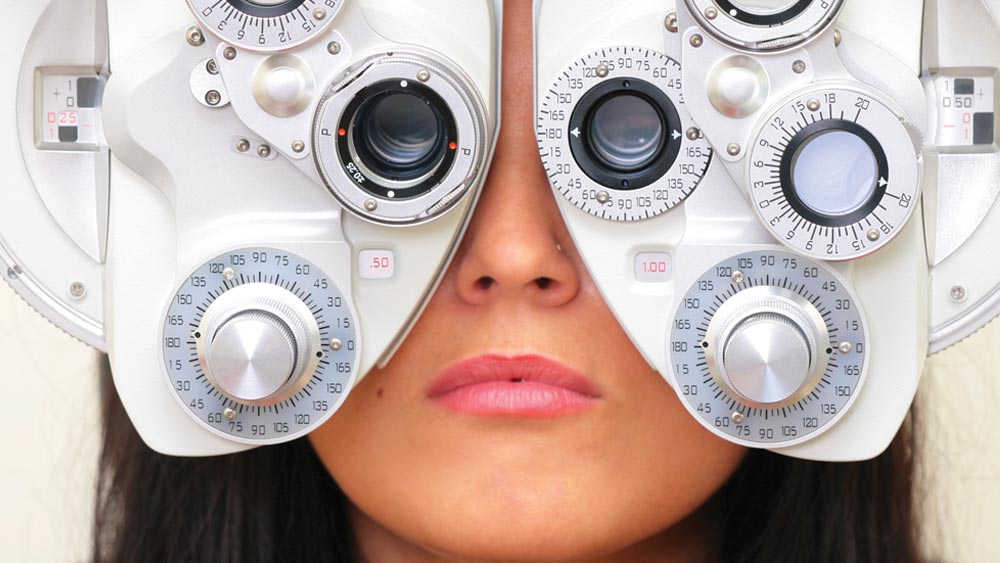
The eye is one of the most complex and, at the same time, one of the most efficient developments of creation. It encloses all optical regularities, which the scientists and the inventors of the first cameras and telescopes had to work out with difficulties through generations.
This confirms that nature once again is a better and quicker inventor than man. The eye consists of a ball-shaped hull built in layers. Therefore the latin name for the eyeball: Bulbus Oculi. The so-called leather skin is the outer layer.
A tough protection which marks off the eye against the surrounding tissue, except the the area of the pupil. So the eye is a closed system, only connected with the body by the optic nerve and its blood vessels. As in a camera, the objective, the whole optical system, is placed before the vision level. In the eye this is the light intercepting cornea, the iris, and last not least the lens.
To be able to see perfectly, two things have to be right: the brightness and the focus. The iris is responsible for the regulation of the brightness. It is placed directly in front of the lens and is connected with tiny muscles. When it gets bright outside, the iris contracts and lets in less light. Similarly, when the brightness is reduced, the diameter of the iris enlarges. A truly intelligent system comparable with the automatic shutter of modern cameras, only that the eye performs a lot better.
The retina lens is responsible for focus. The light is deflected by passing the transparent cornea, and the lens turns the incoming beams into a sharp image.Depending if there is an object close to the eye or a view into the distance, the lens changes its power of interception exactly so that the beams get focused onto the retina.
The lens itself is soft and flexible and that makes for the power of vision. The more it arches and so becomes more ball-like, the more the light gets focused like with a strong optical glass.The more it flattens, the less the light’s way is changed. Again this is made possible by muscles which pull more or less strongly at the edges of the lens and so get it into the desired shape.
The comparison with a camera can be extended to the topic of care too. Who doesn’t regularly clean the objective of his camera, eventually will see nothing. The same with the eye: in the rear section, between lens and iris, constantly a nutrition and cleaning fluid is produced, which, among other things, provides for the lens. A delicate balance is needed: there is always only that quantity of fluid produced, which can flow off the front section. The best camera is useless without an appropriate film. This, in the eye, is the retina. Between it and the leather skin there are minuscule veins along the so-called vein skin, which transport oxygen and nutriments even to the furthest corners. Before the light reaches the retina, it has to pass first through the “glass body”, a gelatinous liquid which occupies the biggest space inside the eye.
The retina transforms the incoming light impulses into nerve signals and leads them along the optic nerve to the brain.But the retina is capable of much more. It can emphasize movements of things or enhance contrasts. This work is done by about 130 million optic cells. Most of them are tightly packed at the so-called “Macula”, the centre of focused vision. Only when the images from the outside arrive here focused, and are properly transformed into nerve signals, is it possible for us to see.
The retina is no more than half a millimeter thick and consists of nine layers.
A gigantic power of vision in the smallest space.


 Español
Español Deutsch
Deutsch